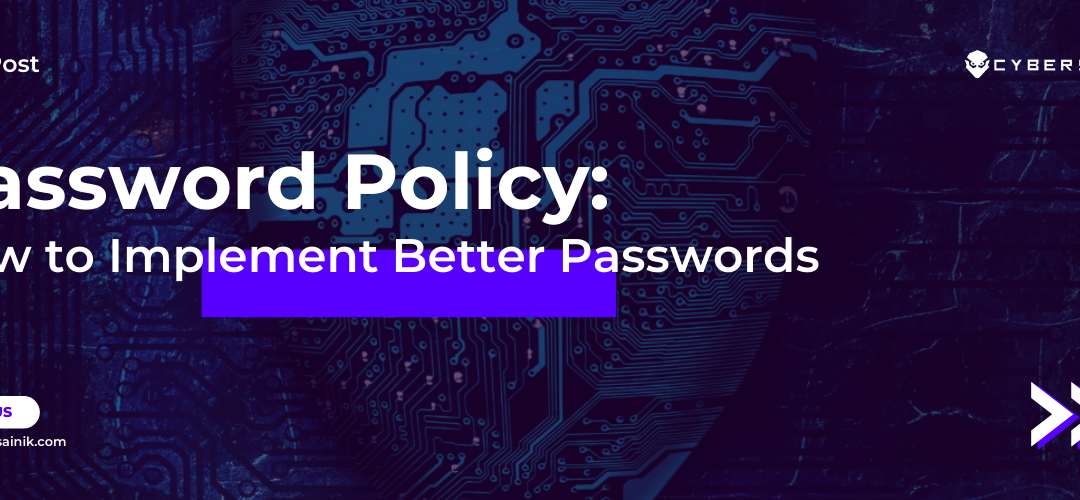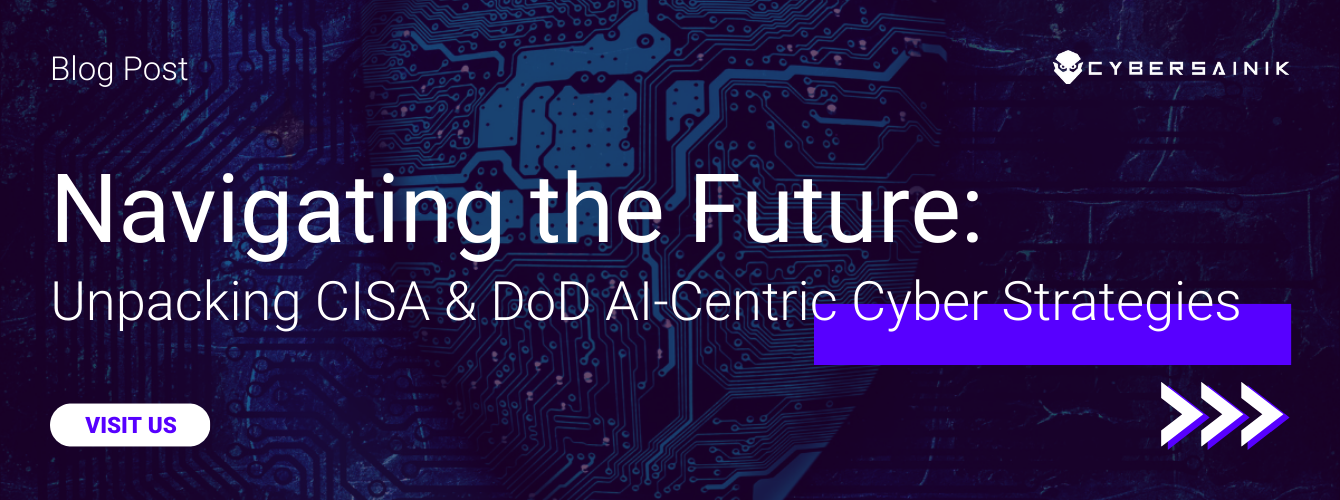Password theft has become so common that you may not even be aware that your password has been stolen and your online identity compromised until it’s too late. At the same time, it may seem like an impossible task to develop complicated passwords to protect you, but it’s easy enough to remember that there are ways to implement better passwords so that you don’t fall victim to standard hacking methods.
Here are some tips for creating the best passwords and protecting your data from hackers.
How Does Password Theft Occur?
Passwords can be stolen in a few ways. First, they can be compromised by guessing or obtaining the password through social engineering or other means. Once a hacker has access to your account, they may try to change your password and steal more information from it. Passwords can also be stolen if someone has access to your device and can access it remotely. For example, this could happen if you’re on a public Wi-Fi network. Many services now have two-factor authentication that requires not just your password but an additional code from a mobile app that needs to be entered every time you log in. If this isn’t enabled on your accounts, do so immediately.
1. In-person
Phishing is the most common way password theft occurs. In this attack, a hacker sends a fake email with a link that looks like it is from your bank or other institution. If you click on the link, it takes you to the site but then asks you for more information. The hacker gets access to your username and password and may even be able to access any of your personal information if they have all three pieces of information. Cybercriminals can also steal a password by using malware, keyloggers, or viruses. It’s essential to keep your computer updated so you are protected against these threats.
2. Social Engineering
In today’s world, password theft occurs in various ways. Social engineering is one of the most popular methods for hacking into systems, as it relies on tricking someone who has access to sensitive information into handing it over willingly. You must take precautionary measures by not opening suspicious emails and avoiding untrusted websites. If you’re not sure if a link is safe or not, don’t click on it!
The best way to protect yourself from social engineering attacks is by practicing good online habits. Don’t open links from people you don’t know or answer unexpected phone calls that may be trying to get you off the phone so they can access your computer remotely. Ensure your computer stays up-to-date with all available security updates. Change your default usernames and passwords often, and use two-factor authentication when possible.
3. Hackers
It takes seconds for hackers to break into a password and gain access to your most personal data, including private messages and credit card information. To avoid becoming a victim of cyber theft:
- Take these steps and ensure you have a strong password policy.
- Use a combination of numbers, letters, capitalization, special characters, and symbols.
- Don’t use the same password twice.
- Change your passwords often.
4. Stolen Credentials Database
When a person’s credentials are stolen, they can be used to access their accounts and the information stored within them. The most common type of credential theft is when someone steals a person’s username and password through phishing or malware. Hacking is another way credentials are stolen-this occurs when somebody cracks a company’s network with malicious software to find and steal sensitive data.
What Does a Good Password Policy Entail?
A good password policy should have a few key elements to be effective. Your password should be eight characters long and contain upper-case letters, numbers, and symbols. It should never include personal information like your name or birthday, common words found in the dictionary, or anything that can be easily guessed.
It’s also important not to use the same password for multiple accounts. If one account is compromised due to an attack on its network, it could lead to other accounts being compromised if they share the same password. It’s much safer to create different passwords for each account you access, so there are no unintended consequences when a site is hacked.
Having two-factor authentication enabled is another way to keep your information more secure. With this setup, you’ll need a code sent to your phone number every time you try to log in from an unrecognized device or location. That means that even if someone gets hold of your password, they won’t be able to get into your account unless they also steal your phone. You can set up 2FA with any popular email service by going through the security settings page and checking yes next to Require Security Code.
Bottom Line
Password theft occurs when a hacker gains access to a user’s account information, which includes the password. To prevent this from happening, it is essential that passwords are complex and never shared with anyone. Password policies will vary from company to company, but we recommend at least 10 characters with a mix of capital and lowercase letters, numbers, and symbols. To learn more about how to protect your company’s information and stay compliant with the latest cybersecurity standards, schedule a free consultation today!
It is essential to have a good password policy in place to prevent your data from being compromised. With the help of its cybersecurity experts, Cyber Sainik can help you put in place a strong password policy. Schedule a free consultation today




